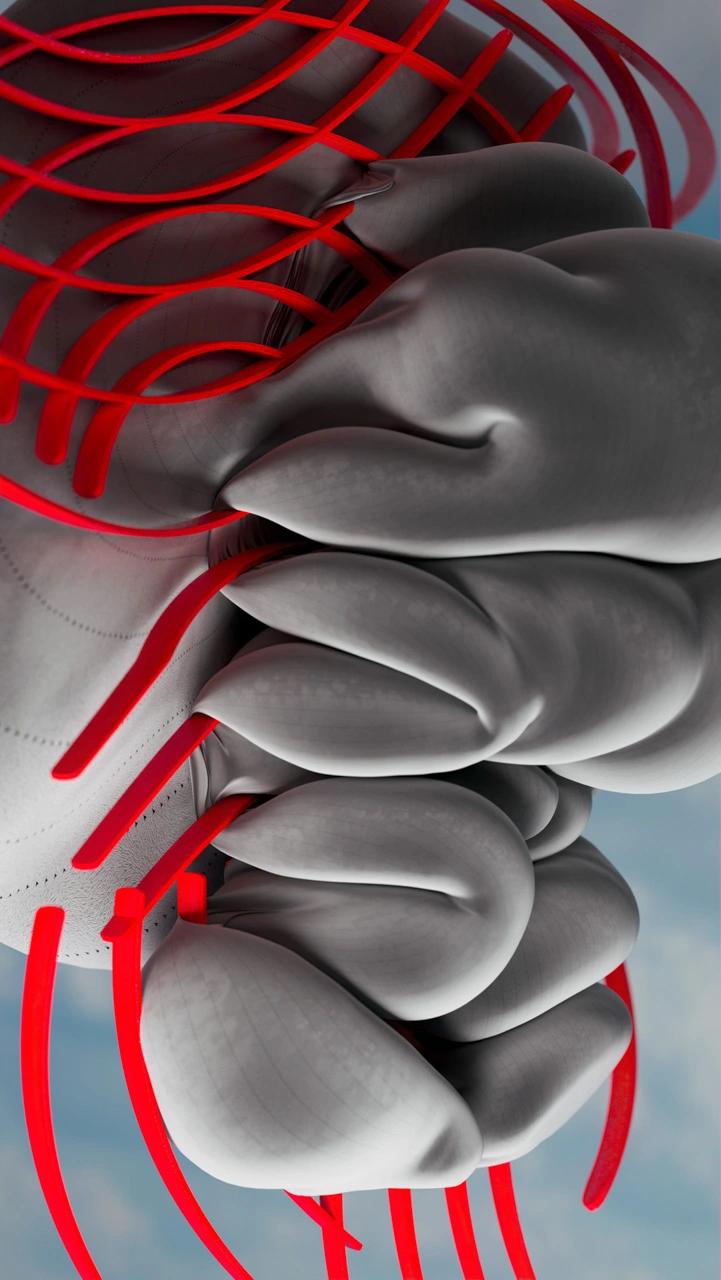Computer Vision Applications in Exam Proctoring

Introduction: How Computer Vision is Transforming Exam Proctoring
In the era of remote learning and rapidly expanding digital education, exam proctoring has undergone a significant transformation to address the growing challenges of maintaining academic integrity in virtual environments. Traditional methods of supervision are no longer sufficient for large-scale, online assessments, prompting the need for more advanced and scalable solutions.

Computer vision, a specialized branch of artificial intelligence focused on enabling machines to interpret and process visual information, is playing a pivotal role in redefining modern proctoring systems. With its ability to analyze video streams in real time, computer vision introduces a level of intelligence and automation that was previously difficult to achieve.
By harnessing the capabilities of AI models, machine learning algorithms, and widely adopted open-source tools such as OpenCV, computer vision technologies can detect suspicious behavior, identify unauthorized objects or movements, and verify candidate identities with a high degree of accuracy. These advancements ensure a more secure and fair online examination environment, supporting both institutions and students in upholding the standards of academic honesty.

Computer Vision: The Backbone of Smart Proctoring
Enhancing Security and Integrity
AI-driven computer vision applications play a pivotal role in ensuring secure exam environments. These systems use machine learning models to analyze live video feeds, identifying suspicious behaviors such as eye movement, presence of unauthorized individuals, or the use of prohibited devices. Deep learning algorithms enhance detection accuracy, minimizing false positives and creating a fair testing experience for candidates.
Real-Time Monitoring with Intelligent Tools
Automation in proctoring systems eliminates the need for constant human supervision. Intelligent tools powered by AI integration, such as OpenCV, enable real-time monitoring of test-takers. By detecting anomalies and providing instant alerts, these tools streamline workflow automation for institutions and proctoring companies, ensuring exams are conducted without interruptions.

Streamlining Proctoring Workflows
Computer vision technology integrates seamlessly with learning management systems (LMS) and other online education platforms. Proctoring solutions powered by AI automation tools automate tasks like identity verification and exam session recording. This reduces manual workload and enhances efficiency for institutions. Additionally, no-code AI platforms and free LLM tools make it easier for organizations to customize proctoring systems according to their specific needs.
Addressing Ethical and Privacy Concerns
While computer vision offers transformative benefits, it also raises ethical questions related to data privacy and surveillance. Proctoring companies must ensure that AI research and implementations prioritize transparency, data security, and adherence to privacy laws. Establishing ethical guidelines fosters trust between students and institutions, making AI-driven proctoring a reliable solution for modern education.
Conclusion: The Future of Exam Proctoring with AI
Computer vision applications are revolutionizing exam proctoring by offering efficient, secure, and intelligent solutions. As AI research advances, these systems will continue to evolve, balancing innovation with ethical considerations. By embracing AI-powered proctoring tools, educational institutions can uphold academic integrity while adapting to the demands of a digital-first world.

References
- arXiv. (n.d.). iExam: A Novel Online Exam Monitoring and Analysis System Based on Face Detection and Recognition.
- AI-Proctor. (n.d.). AI-driven behavior monitoring in exams.
- Roboflow. (n.d.). Detecting unauthorized phone use in online exams with computer vision.
- Suleyman Demirel University Repository. (n.d.). Environment analysis and head posture estimation in exam proctoring.
Share
